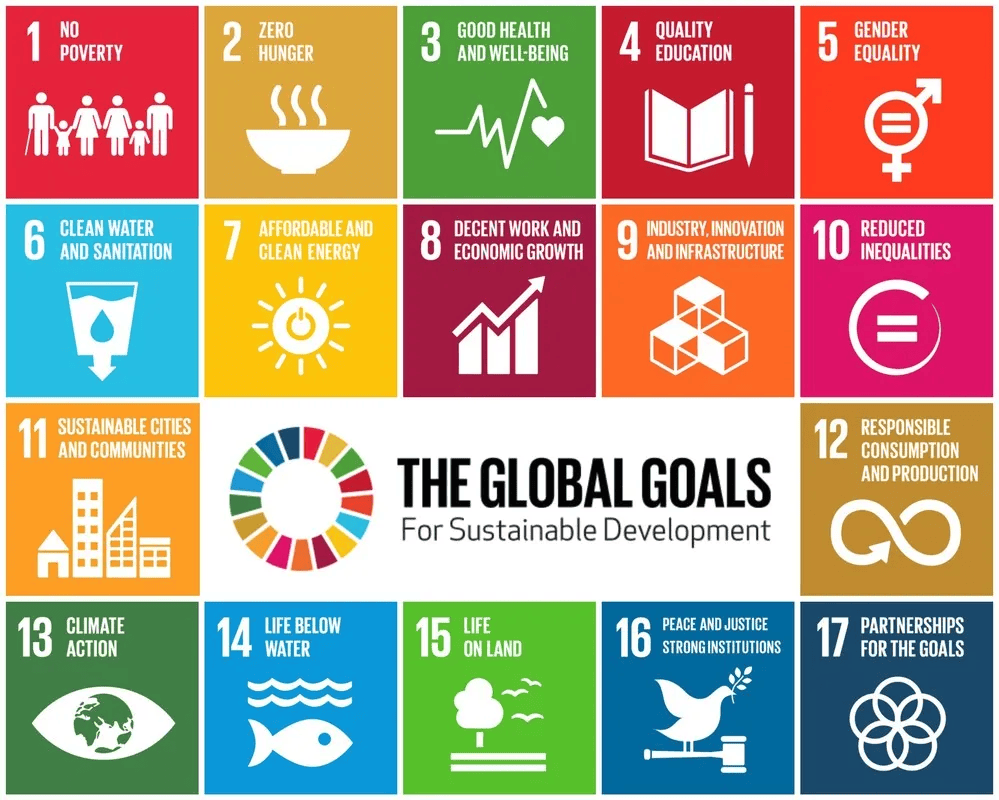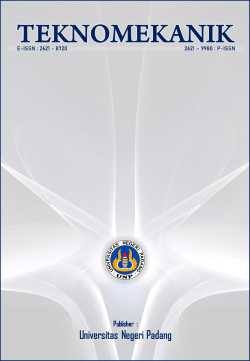Author Guidelines
Things to do before submission
The author is expected to have an understanding of the Editor's Policies (Aim and scopes, peer review policy, publication ethics and malpractice statement, open access statement, copyright and licence, and article withdrawal policy).
Preparing the Manuscript
The paper template for author submission can be downloaded at:
Manuscripts Jurnal Pendidikan Teknologi Kejuruan Template
To use the template, kindly ‘Save As’ the MS Word file to your document, then copy and paste it to your document. To copy and paste the text into the template, please use ‘Special Paste’ and choose ‘Unformatted Text’. Papers that are not prepared following author guidelines and manuscripts with a number of mistakes will have to be pre-rejected by Editor.
Article Structure
Essential title page information
Title
The title should be accurate, unambiguous, specific, and completely identify the main issue of the paper. Titles are often used in information-retrieval systems. This is your first (and probably only) opportunity to attract the reader's attention, so remember that the first readers are the Editor and the referees. They are also the potential authors who may cite your article, so the first impression is powerful!
Indexing and abstracting services depend on the accuracy of the title to extract keywords useful in cross-referencing and computer searching. An improperly titled article will not reach the audience for which it was intended, so it is crucial to be specific.
Author names and affiliations
Author names should not contain academic titles, official ranks, or professional positions. Please clearly indicate the first name(s) and last/family name(s) -full name if possible- of each author and ensure that all names are spelled accurately. Below the names, include the department/unit name, faculty (if applicable), institution/university name, complete postal address, and country of each author's affiliation. List the authors' contributions in order of importance.
Corresponding author
Please clearly indicate the corresponding author who is responsible for all stages of pre-publication, refereeing, and post-publication. This responsibility includes answering any future queries about methodology and materials. Please ensure that the email address is provided and that the contact details are kept up to date by the corresponding author.
Present/permanent address
If an author has moved since the work described in the article was done, or was visiting at the time, a "Present address" (or "Permanent address") may be indicated as a footnote to that author's name. However, the address at which the author did the work must be retained as the main affiliation address. Superscript Arabic numerals should be used for such footnotes.
Abstract and keywords
Abstract
The Abstract should be informative and self-explanatory, clearly state the problem, the proposed approach or solution, and the research method and point out major findings and conclusions. The Abstract should be 150 to 250 words in length. The abstract should be written in the past tense. No literature should be cited. A clear abstract will strongly influence whether or not your work is further considered.
Keywords
The keyword list provides the opportunity to add keywords, used by the indexing and abstracting services, in addition to those already present in the title. Judicious use of keywords may increase the ease with which interested parties can locate our article. Maximum five keywords.
Research article structure
The manuscript should begin with a title, author information, abstract, and keyword(s) followed by the main text. The main text should consist of at least an IMRaD structure, except for the review article: Introduction, Material and Methods, Result and Discussion, and Conclusion; followed by acknowledgement, declarations, references and nomenclature.
Introduction
The Introduction should provide a clear background, a clear statement of the problem, the relevant literature on the subject, the proposed approach or solution, and the new value of research which is innovation.
Material and Methods
Explaining research chronologically, including research design, research procedure (in the form of algorithms, Pseudocode or other), how to test and data acquisition. Provide sufficient details to allow the work to be reproduced by an independent researcher. The description of the course of research should be supported by references, so the explanation can be accepted scientifically. If quoting directly from a previously published method, use quotation marks and cite the source. Any modifications to existing methods should also be described.
Results and Discussion
In this section, it is explained the results of the research and at the same time is given a comprehensive discussion. Results can be presented in figures, graphs, tables and others that make the reader understand easily. The discussion can be made in several sub-chapters.
Conclusion
The conclusion contains a description that should answer the objectives of the research. Provide a clear and concise conclusion. Do not repeat the Abstract or simply describe the results of the research. Give a clear explanation regarding the possible application and/or suggestions related to the research findings.
Literature review article
Introduction
The introduction should be included to explain to the reader the background of the subject area. It must have a narrow focus on the relevant source. Therefore, this section must provide appropriate background information on the corresponding source and develop a research question. It also should align with the aim of the review article. The aim is placed at the beginning or end of the paragraph. The aim of the review paper is as follows:
- Provide an integrated and synthesized overview of the current state of the research topic
- Identify inconsistencies in previous studies and critical explanation
- Resolve ambiguities definitions and outline the scope of the topic
- Develop a conceptual framework to reconcile and extend past research
- Describe research insight, existing gaps for potential future research, and future research direction
- Evaluate existing methodological approaches and unique insight
The section should end by explaining why the author(s) have written the paper and how they have dealt with the subject area
Relevant Body
The body of the article review must be relevant to the source of literature. It also has a unique body of structure that involves a comprehensive, prospective, and synthesis summary of appropriate literature by compiling the specific research question, hypotheses, substantive domain, theoretical approach or methodology, combining the results of previous studies, and then making a critical evaluation. Thus, provide readers with new insight based on a systematic comparison of multiple studies, rather than simply a “book report” that describes past research and provides state of an art understanding of the research topic.
Conclusion
The conclusion of the review article is similar to the experimental article that should answer the research objectives. Provide a clear and concise conclusion. Do not repeat the Abstract or simply describe the results of the research. Give a clear explanation regarding the implication of the finding, possible application and/or suggestions related to the research findings. The end of the paragraph must justify the research question identified in the introduction.
Acknowledgements and Declarations
Acknowledgements
Collate acknowledgements in a separate section at the end of the article before the references and do not include them on the title page, as a footnote to the title or otherwise. List here those individuals who provided help during manuscript preparation (e.g., providing language editing, writing assistance or proofreading the article, etc.).
Declarations
Author contribution
For each author of your manuscript, please indicate the types of contributions the author has made.
Funding statement
Jurnal Pendidikan Teknologi Kejuruan requires authors to specify any sources of funding (institutional, private and corporate financial support) for the work reported in their paper. This information, in the form of the name of the funding organisation/s and the grant number -or should be included at the end of the article under the heading ‘Funding’ and provided at the time of submitting the paper. If there was no funding, the following wording should be used: “This research received no specific grant from any funding agency in the public, commercial, or not-for-profit sectors.” (NB: this does not apply to protocols). Any suppliers of materials should be named and their location (town, state/county, country) included if appropriate. This information will be included in the published article.
Competing interest
A declaration of interest for all authors must be received before an article can be reviewed and accepted for publication.
References
References are in APA referencing style. Please ensure that every reference cited in the text is also present in the reference list (and vice versa). The main references are international journals and proceedings. All references should be to the most pertinent and up-to-date sources (50% of references must be taken from the past 4 years). Citations are preferred to use Mendeley Reference Manager. If possible, the article’s DOI should be given for each reference list. Each citation should be written in the order of appearance in the text.




